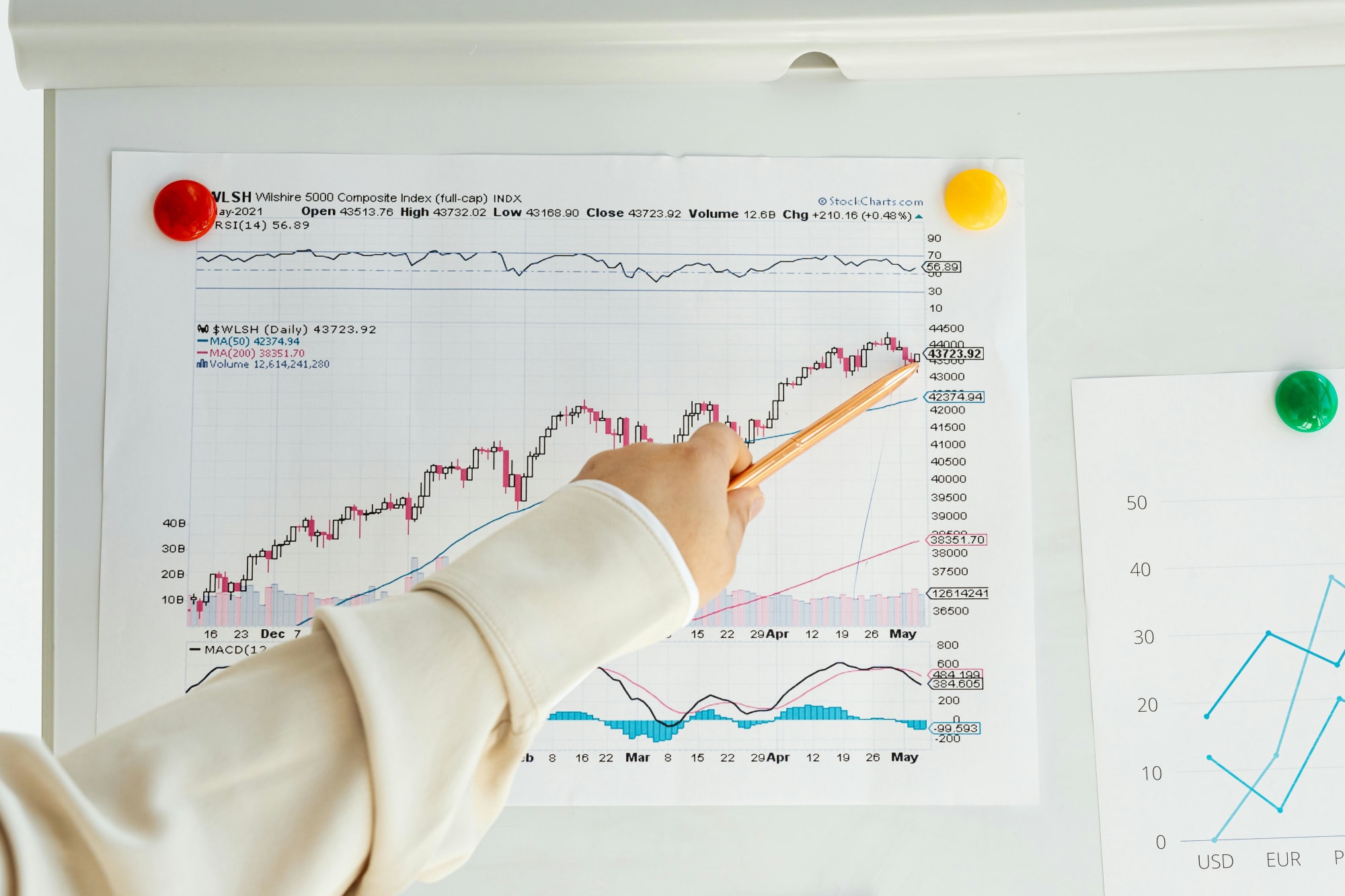Invest
ACCC cites LCR as it gives payment processing merger the go-ahead
The local competition watchdog has given its approval of a merger between three major players in Australia’s payment processing sector.
ACCC cites LCR as it gives payment processing merger the go-ahead
The local competition watchdog has given its approval of a merger between three major players in Australia’s payment processing sector.

The Australian Competition and Consumer Commission (ACCC) has given the green light to the proposed merger of BPAY, eftpos and NPPA.
“We do not consider that the merger of these parties will substantially lessen competition in any payments market, after taking into account the court-enforceable undertaking,” ACCC chair Rod Sims said.
Announced in December last year, the merger will see three players within Australia’s payments processing landscape become one.
While the payments processing ecosystem is garnering more attention from regulators and legislators in recent years, the ACCC found that there was little overlap between the three companies “because their core payment services are for different uses and are largely complementary”.

After investigating potential impacts on competition and concerns raised by industry participants, the ACCC found that, at a high level, the services of the three companies do not closely compete.
Mr Sims admitted that “the merger will likely soften competition to some extent between BPAY, eftpos and NPPA in certain areas where they were looking to expand beyond their core offerings or competing to bring new services to market”.
“However, this is unlikely to result in a substantial lessening of competition because strong competitors will remain, including Visa and Mastercard,” he explained.
In addition to the minimal impacts on competition, the ACCC noted that the merger parties have committed to supporting the availability and promotion of least-cost routing (LCR).
This practice allows merchants to reduce their payment processing fees by choosing the payment scheme that processes transactions in the most cost-effective route whenever consumers use a dual-network debit card.
The regulator noted that the Reserve Bank of Australia would oversee this commitment to supporting LCR.
“eftpos is important to the availability of least-cost routing as the only current alternative network to the Visa and Mastercard networks through which debit transactions can be routed,” Mr Sims noted.
The merger approval also requires eftpos and NPPA to develop and make available a set of services within agreed time frames, such as fraud prevention measures, support for online and in-app payments via eftpos debit cards and the development of an industry-wide standard for payment with QR codes by the end of June 2022.
Over the medium to long term, the ACCC said it expects the public to benefit from the merger via the improved and consolidated services the new entity would provide.
“The banks have an influential role in deciding what payment services to implement, and would be reluctant to support multiple and overlapping payment service initiatives with or without the merger,” Mr Sims said.
The regulator predicted this merger will push the three payment schemes to co-ordinate investment and reduce inefficient and duplicative spending, passing the savings to customers and businesses.
“Importantly, this will increase the likelihood of the major banks and other shareholders investing in domestic payment services,” he noted.
About the author

About the author


Economy
RBA's hawkish stance reflects inflation concerns, State Street economist comments
In a recent statement, the Reserve Bank of Australia (RBA) has signaled a hawkish stance on interest rates, drawing insights from financial experts about the implications for Australia's economic ...Read more

Economy
Navigating the inflation maze: How CFOs can outsmart economic hurdles in Australia
Fresh inflation data have cooled expectations of near-term rate cuts in Australia, intensifying pressure on margins, capital allocation and demand. Rather than wait for monetary relief that may not ...Read more

Economy
Inflation concerns rise as Australia's CPI climbs to 3.8% in October
Australia's latest Consumer Price Index (CPI) figures have sent ripples through the economy, with headline inflation accelerating to 3.8% year-on-year in October, up from 3.6% in September. The data, ...Read more

Economy
October CPI results pose challenges for RBA’s monetary policy stance
In a surprising turn of events, the October Consumer Price Index (CPI) data has raised eyebrows among economists and market strategists, revealing stronger-than-expected inflationary pressures in ...Read more

Economy
Global deal activity declines by 6% amid economic uncertainty, reports GlobalData
In a year characterised by economic turbulence and evolving market conditions, global deal activity has witnessed a notable downturn during the first ten months of 2025. According to GlobalData, a ...Read more

Economy
Australia’s softening labour market puts another RBA cut in play — here’s what business should do now
A four-year high in unemployment has revived expectations the Reserve Bank could deliver another rate cut as soon as November. With quarterly GDP growth running at 0.6 per cent and annual growth at ...Read more

Economy
Rising CPI reinforces RBA’s stance as rate cut expectations remain: State Street
State Street Global Advisors says the Reserve Bank of Australia (RBA) is likely to hold its current policy outlook following the release of September quarter inflation data, which showed an unexpected ...Read more

Economy
NSW SES boosts tsunami preparedness ahead of World Tsunami Awareness Day
As World Tsunami Awareness Day approaches on 5 November, the New South Wales State Emergency Service (NSW SES) is ramping up efforts to enhance tsunami preparedness along the east coastRead more

Economy
RBA's hawkish stance reflects inflation concerns, State Street economist comments
In a recent statement, the Reserve Bank of Australia (RBA) has signaled a hawkish stance on interest rates, drawing insights from financial experts about the implications for Australia's economic ...Read more

Economy
Navigating the inflation maze: How CFOs can outsmart economic hurdles in Australia
Fresh inflation data have cooled expectations of near-term rate cuts in Australia, intensifying pressure on margins, capital allocation and demand. Rather than wait for monetary relief that may not ...Read more

Economy
Inflation concerns rise as Australia's CPI climbs to 3.8% in October
Australia's latest Consumer Price Index (CPI) figures have sent ripples through the economy, with headline inflation accelerating to 3.8% year-on-year in October, up from 3.6% in September. The data, ...Read more

Economy
October CPI results pose challenges for RBA’s monetary policy stance
In a surprising turn of events, the October Consumer Price Index (CPI) data has raised eyebrows among economists and market strategists, revealing stronger-than-expected inflationary pressures in ...Read more

Economy
Global deal activity declines by 6% amid economic uncertainty, reports GlobalData
In a year characterised by economic turbulence and evolving market conditions, global deal activity has witnessed a notable downturn during the first ten months of 2025. According to GlobalData, a ...Read more

Economy
Australia’s softening labour market puts another RBA cut in play — here’s what business should do now
A four-year high in unemployment has revived expectations the Reserve Bank could deliver another rate cut as soon as November. With quarterly GDP growth running at 0.6 per cent and annual growth at ...Read more

Economy
Rising CPI reinforces RBA’s stance as rate cut expectations remain: State Street
State Street Global Advisors says the Reserve Bank of Australia (RBA) is likely to hold its current policy outlook following the release of September quarter inflation data, which showed an unexpected ...Read more

Economy
NSW SES boosts tsunami preparedness ahead of World Tsunami Awareness Day
As World Tsunami Awareness Day approaches on 5 November, the New South Wales State Emergency Service (NSW SES) is ramping up efforts to enhance tsunami preparedness along the east coastRead more








